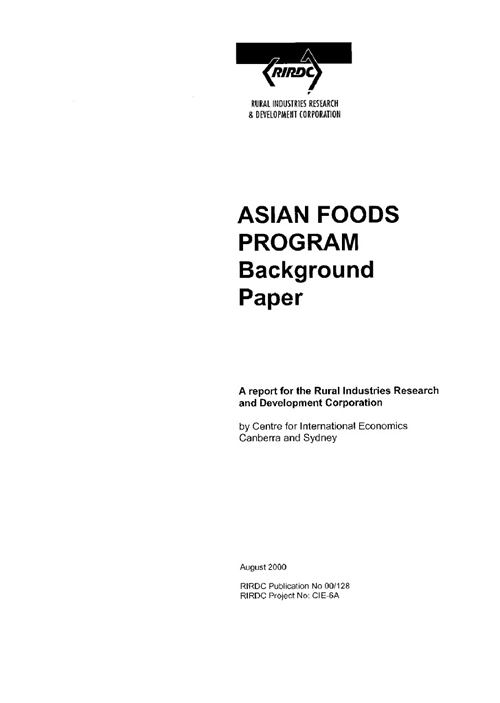Fact sheet: Enhancing Customer Engagement and Sales Strategies for Agribusinesses
Marketplace refers to the strategies and decisions around identifying new customer types, selecting sales channels and optimising product presentation and distribution. It also covers marketing...





